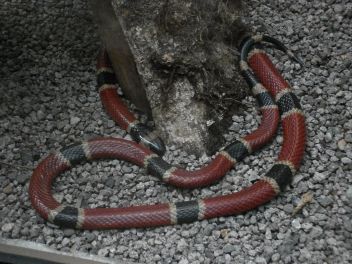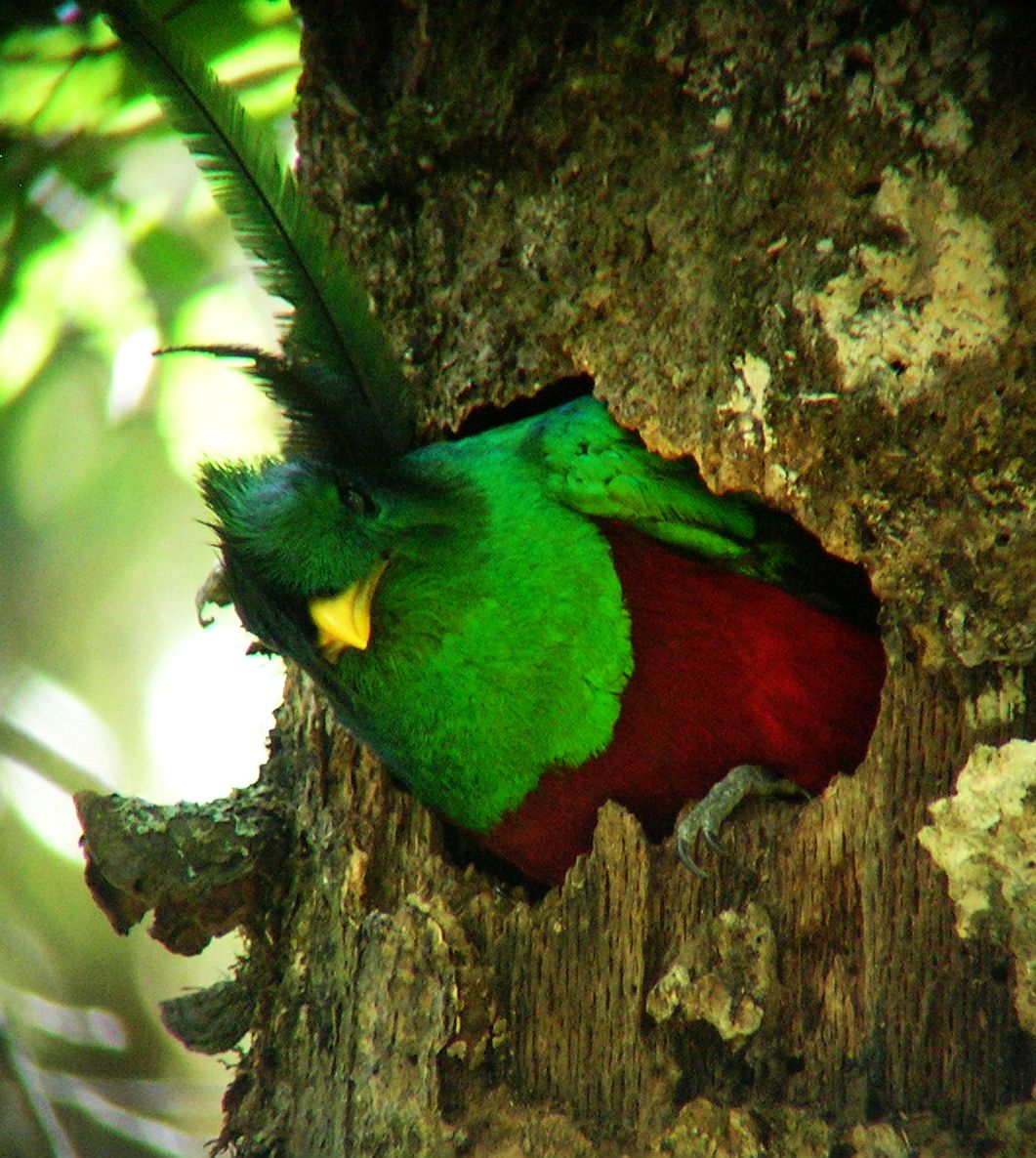We all have expectations and ideas about Costa Rica before visiting this beautiful country. For most people, the country ends up being more developed and scenic than they had imagined. It’s also not as hot as most people think. Granted, the lowland areas are hot and very humid in some areas but the temperature rarely gets higher than 90 degrees in most parts of the country.

A common set of questions and concerns are also asked before a trip to Costa Rica, one of those FAQs typically dealing with snakes. Many visitors plan on experiencing rainforest and spending time outside and wonder if they have to worry about snakes. It seems to make sense because after all, Costa Rica is a tropical country and since tropical countries are crawling with snakes, bugs, and all sorts of life, we should expect to see snakes just about everywhere we go in Costa Rica, right?

Actually, those of us who spend time in the jungles of Costa Rica wish we could see more snakes because we hardly see them at all. While there are quite a few species of snakes that occur in Costa Rica, most are hidden at all times or only come out night. It’s tough to see snakes because so many other types of animals prey on them. Snakes have to cope with dozens of different predators and many do so by hiding within and beneath vegetation, never revealing themselves during the day, and having highly camouflaged patterns on their skin.

That said, anyone who plans on hiking in the jungle should still be aware of and know how to avoid venomous snakes. There are several species of vipers and Coral Snakes in the country that are potentially dangerous but of the few people who are bit each year, these tend to be people who spend most of their time working outdoors in places where those snakes occur, or perhaps walk barefoot on forest trails during the night.

Although you would have to really look for snakes to even see one while hiking a rainforest trail, walking with an experienced guide will help. Guides keep an eye out for snakes by always watching where they walk and never stepping where they can’t see the ground. This helps in avoiding camouflaged vipers that lie in wait on the ground, while making a conscious effort to not touch the trunks or vegetation of bushes and trees keeps you from accidentally touching arboreal species like the Eyelash Viper. Of course, it goes without saying that if you do see a snake, just keep a safe distance and take photos but never touch or pick the snake up.


